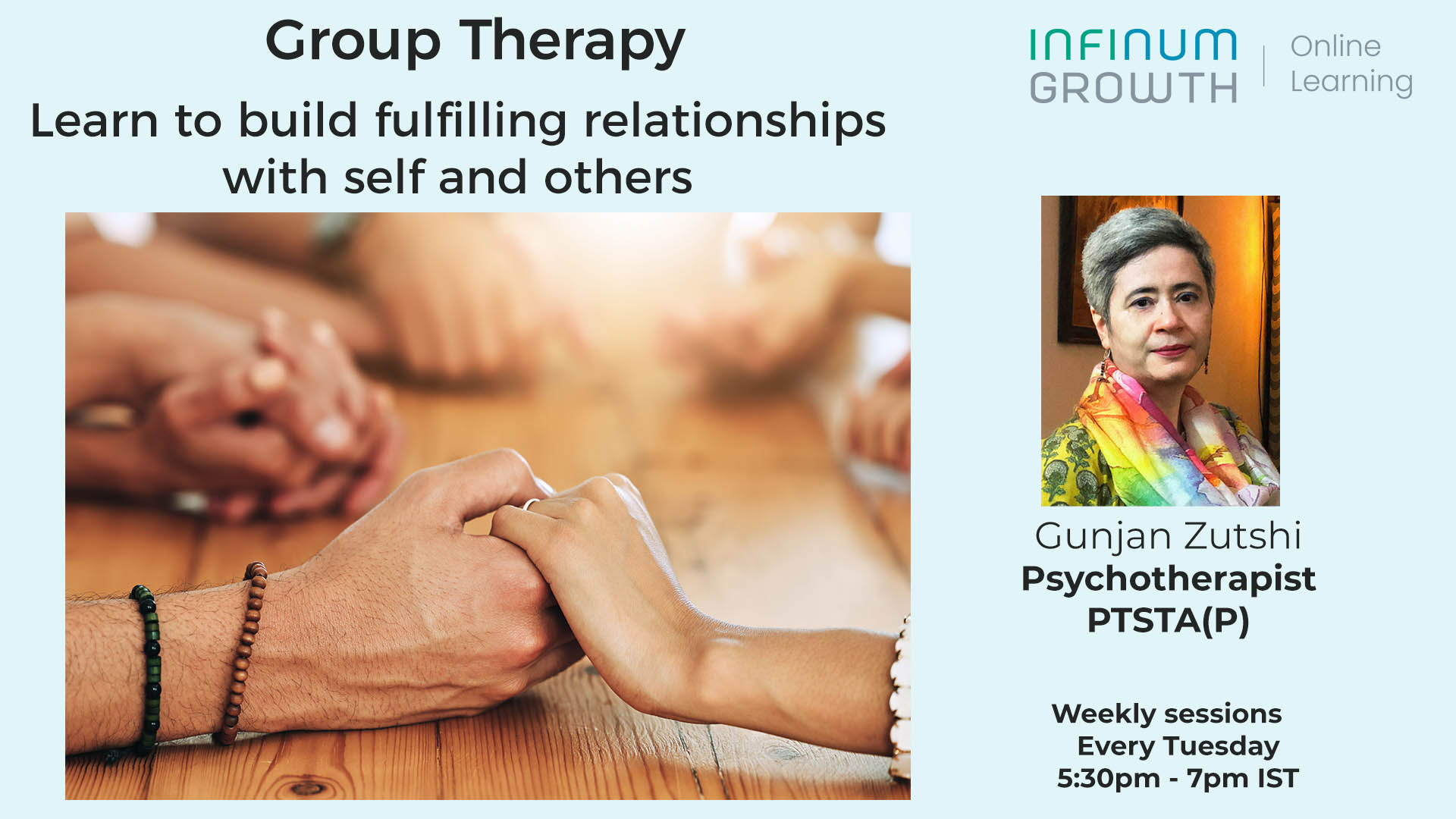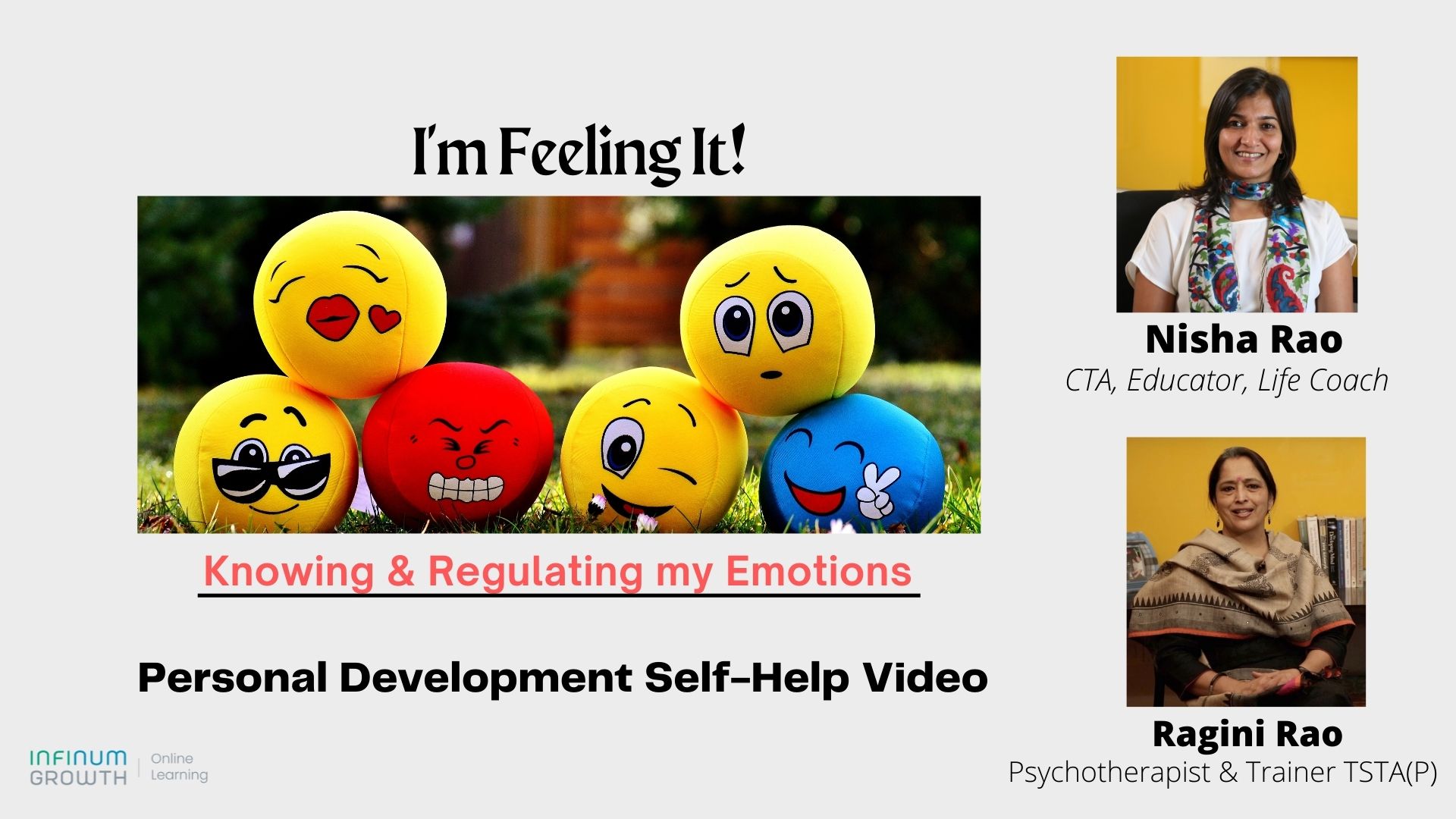When we talk about Modern Yoga, there are a few renowned names of Yogis which run through our minds. Some like T. Krishnamacharya, B.K.S. Iyenger, K. Pattabhi Jois and others. Amongst them, there is one more revered named – Swami Rama. He was the first yogi to subject himself to scientific experimentation.
In the 1970’s, under the supervision of scientists from the clinic of Menninger in Topeka (Kansas), he had demonstrated that he was able to control his autonomic nervous system.
https://www.sciencedirect.com/topics/medicine-and-dentistry/menninger-foundation
This, according to Physiology, is something normally people cannot do. We don’t have a mastery of our mind. For example, if I tell you to start snoring right now, it is just not possible.
Likewise, an average human being will never remember the last thought which came to his/her mind just before sleep. We don’t have the control to go from conscious to sub conscious and further, at our own will.
This mastery of mind was demonstrated for the first time in the lab. Under observation, Swami Rama was able to move from one state of mind to another and was able to answer all the questions asked by the doctors during the experiment. What is even more interesting is, that he answered even when he was snoring; and he remembered each and every question with the answers when he got up!
The States of Mind and moving between them
Science tells us there are three states of mind
- Conscious Mind
- Sub Conscious Mind
- Un Conscious mind
The Vedic literature talks of these three and a fourth state, called Turiya, the Super Conscious mind.
According to Yoga, there are three important Nadis or Energy Channels in our physical body known as Ida, Pingala, Sushumna. Ida conveys the mental force; Pingala , the vital force; and Sushumna, the spiritual force. In science too there are three systems, referred to as Sympathetic , Para sympathetic and Central Nervous System.
If we close off Ida and Pingala by means of Pratyahara ( Sensory withdrawal) then the brain is isolated. That is hypnosis. But if at the same time you can awaken Susuhmna ( through Yoga practice), which is normally closed in most people, then, although you have disassociated the two channels of communication, Ida and Pingla from the brain, the central nervous system is awakened. The sushumna supplies the necessary energy and stimuli to brain.
This moving between different states of mind is a crucial capability in getting in touch with one’s inner self.
Origin of Yoga Nidra
Yoga Nidra is a systematic method of inducing complete physical, mental and emotional relaxation. It is also called as the state of dynamic sleep. To do so, it uses the above mentioned process of moving between the states of mind.
In the Vedas, the Yuga is the time between one cycle of creation and destruction and the next. In mythology, Lord Vishnu is said to be reposing in Yoga Nidra in this interim phase. It’s the perfect state of repose. We could interpret this to mean that good and effective action is achieved after a state of total restfulness.
In the modern world, Yoga Nidra was first explained by Swami Satyanand Saraswati in the 1960’s through this anecdote.
He had joined Swami Sivananda as a sanyasi in his early 20s. Once, he was sent by his Guru to a school, where young boys were studying the Vedas. Their teacher was travelling and Satyanand was therefore asked to keep a watch over the boys’ safety at nights. He would stay awake through the night and go to bed around 3 am. He would then sleep till 6 am and go back to his Guru’s ashram (Swami Sivananda). This went on for about a month.
After some time, the boys were called to Swami Sivananda’s Ashram for a ceremony, where they were chanting some mantras and praying. When Satyanand heard these mantras, he realised he knew them, but he was not sure when he had learnt them. He went to his Guru and asked.
His Guru then told him that these were the mantras he had been hearing in the early mornings at the boys’ school. Every day, the boys would get up around 3:3o am, take a bath and start chanting the mantras.
We normally learn things in our awakened state; but he realised he had learnt these mantras in his sleep state.
This fired his imagination and he went on to study this. He studied books, underwent tantra practices and discovered an ancient practice called Nyasa Kriya . This was about relaxing and concentrating on different parts of the body. There were mantras for each part of the body; such as, different mantras for each finger, in order to relax the part and come to a restful state. He adapted this Kriya to the present age and removed the mantras, so that people who didn’t know Sanskrit could also practice it.
He then codified it into 7 stages, to create today’s practice of “Yoga Nidra”. Yoga Nidra was a relaxing technique but through that something magical was happening. He started administering Yoga Nidra & found that in a relaxed state people were transforming.
Today it is as ubiquitous as the Surya Namaskar. Anywhere, people who practice Yoga know about Yoga Nidra.
The 7 Stages of Yoga Nidra
It is often said that the average person never remembers the last thought he/she had just before going to sleep; they say it is the last 4 seconds.In Yoga Nidra this stage ,between the Conscious and the Sub Conscious minds is extended.
How does one practice Yoga Nidra?
To learn going into Yoga Nidra, we first need to lie down in a relaxed “Savasana” state and practice the following seven stages.
- Listening– We direct the mind to listen. Slowly, it internalises this direction and after a point, we won’t need to be consciously doing so.
- Relaxing different body parts – There are different parts in the brain that control each part of the body. One part to control the thumb; and another for the index finger; and yet another for the wrist…and so on. By relaxing those parts we are switching off those control points in the brain.
- Breath Awareness – Become more mindful of your breathing; and get more & more relaxed.
- Awareness of opposite sensation – Visualising two extreme sensations one after the other. For example, deeply visualise feeling extremely hot. Next, visualise the exact opposite- feeling a freezing cold sensation in the body.
- Visualisation of different experiences – Practice getting into a deep visualisation of some strong experiences. For example, visualise a beautiful Sun rise situation. Stay with it for a while. Then start visualising a beautiful Sun set scenario.
- Sankalpa / Resolution – Once the body and mind are in a fully relaxed state, make a resolution which you keenly wish to follow then on. In the relaxed state the resolve is seeded into the sub conscious and conscious mind with deep emphasis. This ensures embedding the resolve deep within ourselves.
- Coming Up – Then come back to full consciousness.
Yoga Nidra is an amazing exercise that delivers the following key benefits
1.Total Relaxation
2.Transformation
3.Learning
4.Creativity
5.Self-Discovery
Yoga Nidra clearly has a deep and all round impact on one’s body and mind. On this World Yoga Day, make your resolution to learn and make it an important part of your daily routine.
Please do leave your comments at the bottom and do share with others if you like this article.



















Very informative, well researched. Something everyone should follow. Thanks alot for the insight.